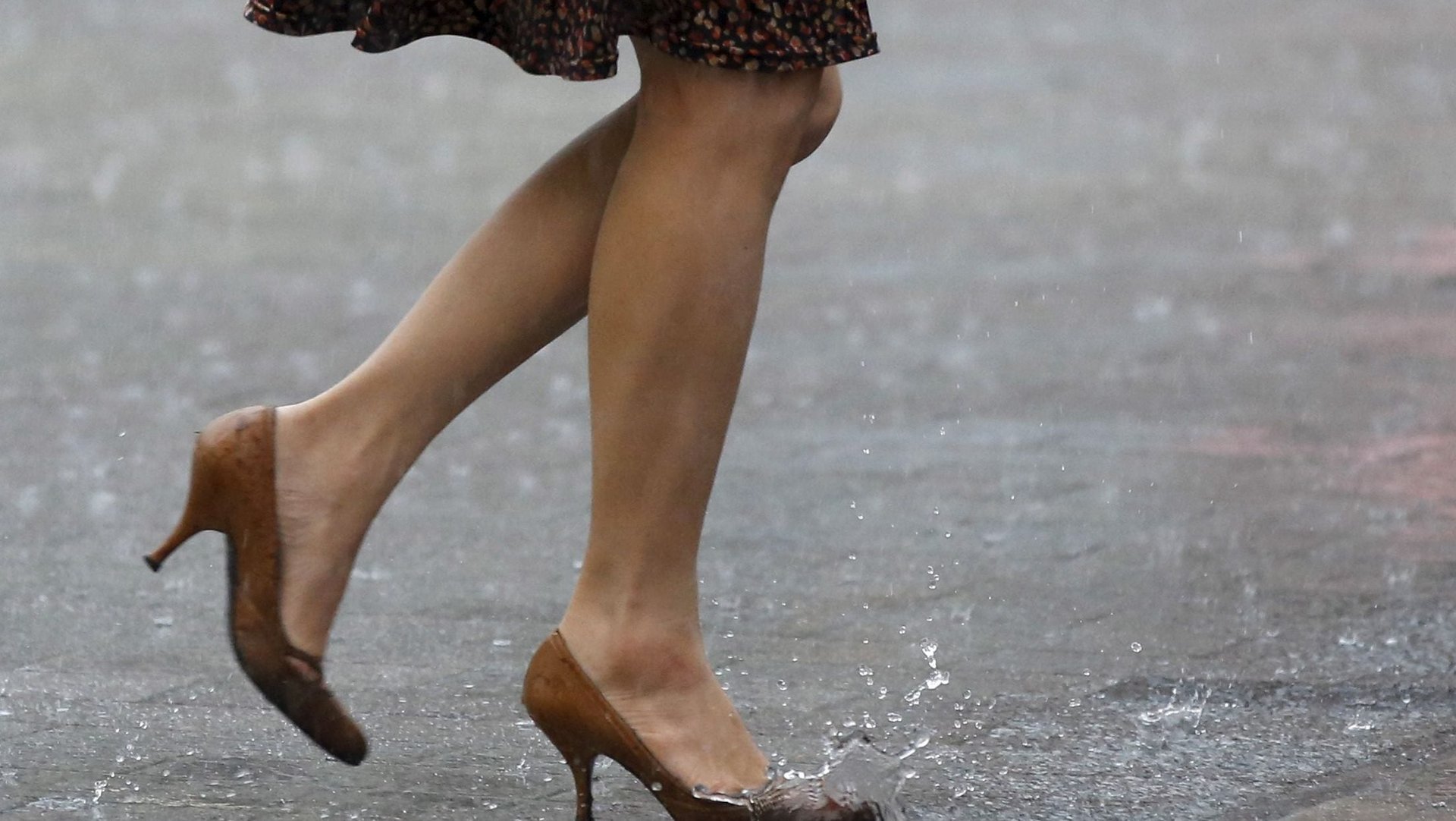Four in 10 Americans believe the gender pay gap is made up to serve a political purpose
Today is Equal Pay Day in the US, an opportunity for activists and research groups to raise awareness about the country’s well-documented gender pay gap, and a reminder that half a century since the women’s movement first brought attention to the problem, American women, on average, still don’t earn equal pay for equal work.


Today is Equal Pay Day in the US, an opportunity for activists and research groups to raise awareness about the country’s well-documented gender pay gap, and a reminder that half a century since the women’s movement first brought attention to the problem, American women, on average, still don’t earn equal pay for equal work.
The oft-cited statistic is that women earn 80 cents for every $1 a man takes home, though that gap can be another 20 cents wider for women of color. And it turns out these numbers may be underestimating the problem, according to a report from the Institute for Women’s Policy Research, highlighted today by Vox.
Remarkably, however, some Americans aren’t convinced the US has a pay equity problem at all.
Roughly four in 10 Americans (38% overall and 46% of men) believe the pay gap is an invention created to serve a political purpose, according to new data from SurveyMonkey, which polled a nationally representative sample of Americans in a recent online questionnaire. It found that 46% of men and 30% of women feel inequity is a falsehood linked to a political agenda, that one third of men believe “reports of the pay gap in the media are overblown,” and two in 10 men consider the stories about the pay gap to be “fake news.”
“This year nearly half of Americans think obstacles are gone (47%), up from 44% last year,” SurveyMonkey also reports. “Nearly six in ten men (58%) think obstacles for women are gone, up from 54% in 2018.”
Despite the pay-gap deniers, some large companies, including banks and tech firms, are becoming more transparent about pay inequity within their ranks, and taking steps to correct the issue. Salesforce, for instance, just unveiled the results of its fourth annual company-wide audit. Its first investigation, in 2015, found the gender pay gap “was everywhere,” throughout the company, CEO Marc Benioff told 60 Minutes last year. The company spent $3 million to bring women’s salaries in line with men’s, only to find a year later the gap had returned, mainly the result of acquisitions involving companies with pay gaps of their own; the bill then was another $3 million.
Today, Salesforce announced that 5% of its 35,000 employees needed to have their earnings adjusted to bring them in line with the company’s most recent pay standards. It wasn’t just women who had been underpaid. While Salesforce said 39% of the adjustments it made were for women who were found to be underpaid versus male colleagues, 54% of the adjustments were for men. (Another 7% went to employees who were found to have pay gaps tied to race or ethnicity.)
That men in some cases have fallen behind women, at Salesforce and at places like Google, speaks to the limits of pay-gap analysis and important nuances in the data. But it does not disprove the existence of a gender pay gap for women. Just ask the nearly 700 women at Salesforce this year who were earning less than their male counterparts.
This story is part of How We’ll Win in 2019, a year-long exploration of the fight for gender equality. Read more stories here.